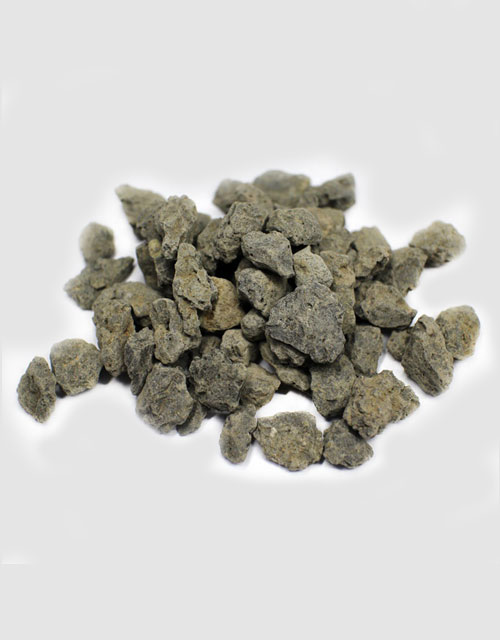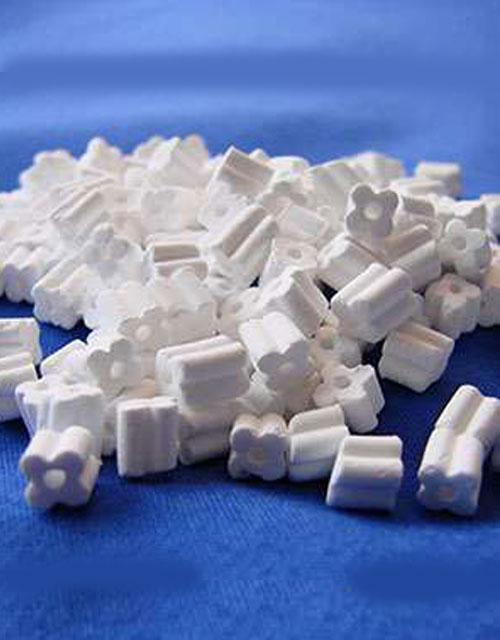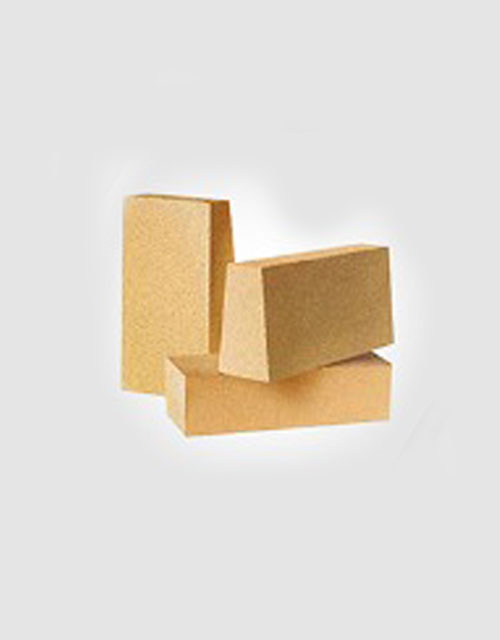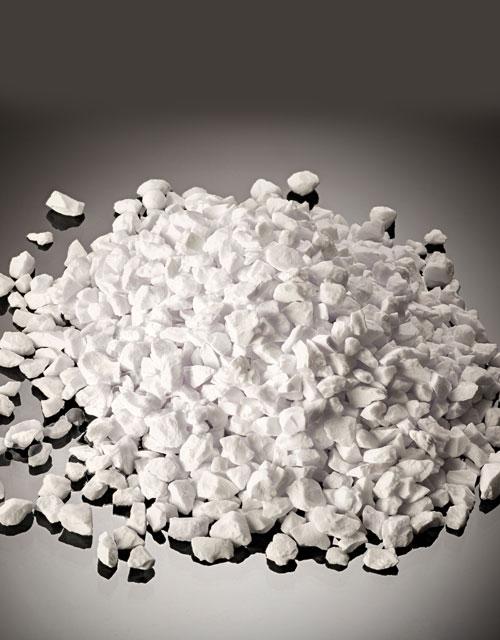Based on our rich industrial experience of more than a decade, we have become the most
promising trader and supplier of the following grades of Alumina
Alumina Hydrate
Alumina Hydrate (Coarse)
Dharti Group is a leading Activated Alumina, Tabular Alumina, Low Soda Alumina, Pseudo Boehmite Alumina Manufacturer, Supplier, Exporter in India. Manufacturer, Supplier, Exporter in India. Contact us for Reactive Alumina, Fine Alumina, Calcined Alumina (Coarse) and Alumina Hydrate also
Aluminum hydroxide or alumina tri hydrate (ATH) is the hydrated oxide of aluminum. Alumina hydrate is separated from bauxite ore using the Bayer process, with average particle size ranging from 80-100 micron. The block crystals of alumina hydrate impart good chemical reactivity. Alumina hydrate can react with a base as well as an acid, and finds use in many applications as raw material.
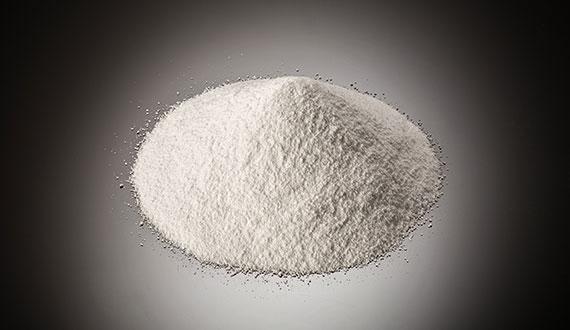
Alumina Hydrate (Fine)
After drying, alumina hydrate is ground using mechanical mills and ceramic lined ball mills to obtain finer particle sizes. Hindalco manufactures ground hydrate with different particle size (5-15 micron) distribution. Surface-treated fine hydrate as well as super-ground fine hydrate (1-2.5 micron) are also available.
Applications of Alumina Hydrate
- Non- ferric alum
- Poly aluminum chloride
- Aluminum fluoride
- Sodium aluminate
- Catalysts
- Glass
- Aluminum hydroxide gel
Alumina tri-hydrate (ATH) contain 3 molecules of water. On exposure to heat above 220°C, alumina hydrate decomposes into aluminium oxide (alumina) and water. This irreversible, endothermic reaction process makes alumina hydrate an effective flame retardant. Also, the smoke generated by decomposition is non-corrosive and non-poisonous. Ground alumina hydrate is used as fire retardant filler in applications like polymer composites, cable compounds, solid surface counter tops, etc.
Calcined Alumina (Coarse)
Aluminium hydroxide, or alumina tri-hydrate obtained in the Bayer process, is calcined at temperature above 1200°C and up to 1600°C to manufacture special grade alumina. During calcinations, alumina hydrate crystals lose bound moisture and recrystallise to form alumina crystals. The particle size of alumina remains at 85-100 micron. Special alumina contains predominantly alpha phase. The degree of calcination is a measure of the hardness of alumina – soft to hard. Coarse alumina is classified based on the soda (Na2O) content:
- Low soda alumina - Na 2O < 0.1%
- Medium soda alumina - 0.1% Na 2O < 0.2%
- Normal Soda alumina - 0.20% Na 2O < 0.45%
Applications of Calcined Alumina (Coarse)
Calcined alumina is widely used in refractory and ceramics industry. Their specific properties include extreme hardness, refractoriness, high mechanical strength and resistance to abrasion, chemical attack and corrosion. Coarse alumina grades are white crystalline powders that are predominantly alpha crystals of high purity and consistent physical properties. These are used as feed material for fused alumina, refractory aggregates, etc.
Fine Alumina
Calcined alumina is ground in ceramic lined ball mills to meet the desired particle size required by the customers. Dharti Supplies fine alumina with varying particle size (0.5 to 8 micron) and distribution. Low soda, medium soda and normal soda type are available in fine alumina also.
Applications of Fine alumina
This alumina finds application in ceramics – wear resistant liners, grinding media, HVAC/ HVDC insulators, in refractory – bricks, monolithic and gunning masses. Normal soda as well as low soda type fine alumina, are manufactured to meet specific demands.
Reactive Alumina
This alumina contains predominantly alpha phase with very fine particle size. High thermal reactivity and low water absorption are the special characteristics of reactive alumina. Upon sintering, reactive alumina will give a density close to the true density of alumina.
Applications of Reactive Alumina
These grades are predominantly alpha alumina having wider particle size distribution. They yield a low water demand with very good flow properties when used in low–cement castables, ULCC and self-flow castable mixes. They are also recommended for usage in grinding media, wear resistant ceramic components and liners, owing to their superior packing characteristics.
Applications of Reactive ultra-fine alumina
These reactive alumina are produced by extensive grinding of the reactive alumina and are specially designed for technical ceramics and specialized refractory. These alumina are characterized by high thermal reactivity, low water absorption and controlled particle size distribution. Typical applications include LC and ULC castables, slide gates and refractory bricks, new generation ceramics and wear resistant ceramic parts.
Applications of Polishing alumina
These grades are developed through controlled calcinations and processing in order to obtain consistent particle hardness, shape and size distribution. The particle size is controlled closely to optimise oil absorption. These alumina are recommended for use in solid bars, emulsions and pastes for metal and stone polishing applications.
| Product Specifications | ||||||||
| Calcine Alumina | ||||||||
| Sl.No | PRODUCTS SPECIFICATION | NIKI-CAPA-04M | NCAB133 | NHGRM-30 | NSRM-30 | NSRM-70 | NHIN-30 | NHTM-30 |
| 1 | Al2O3% | 99.6 | 99.6 | 99.6 | 99.6 | 99.6 | 99.6 | 99.6 |
| 2 | Na2O% | 0.38 | 0.38 | 0.38 | 0.38 | 0.38 | 0.38 | 0.38 |
| 3 | SiO2% | 0.02 | 0.02 | 0.02 | 0.02 | 0.02 | 0.02 | 0.02 |
| 4 | Fe2O3% | 0.015 | 0.015 | 0.015 | 0.015 | 0.015 | 0.015 | 0.015 |
| 5 | − 325 Mesh (%) | 0.5 | 0.5 | 0.96 | 1 | 2 | 0.9 | 0.9 |
| 6 | BET (m²/gm) | 6.0 - 10.0 | 1.2 -1.5 | 1.2 - 1.5 | 1.2 | 1.2 | 0.8 | 0.7 -0.8 |
| 7 | D-10 (µm) | 0.4 | 0.35 | 1.08 | 2.6 | * | 1 | 2.5 |
| 8 | D-50 (µm) | 1 | 3.95 | 3.2 | 4.5 | 7 | 3 | 4 |
| 9 | D-90 (µm) | 5.9 | 7.45 | 4.92 | 11.6 | * | 5 | 8.8 |
| 10 | LBD (gm/cc) | 800 | 980 | 980 | 980 | 850 | 980 | 980 |
| 11 | LOI (%) | 0.4 max | 0.4 max | 0.4 max | 0.4 max | 0.4 max | 0.4 max | 0.4 mx |
| 12 | Moisture | |||||||
| 13 | D-10 to D-50 | |||||||
| 14 | Viscosity | |||||||
| Alumina Hydrate | |||||
| Sl.No | PRODUCTS SPECIFICATION | ATH-FRF15-B | NMH20K | MHV06 | TH15 |
| 1 | Al2O3% | 64.2 min | 64.2 min | 64.2 min | 64.2 min |
| 2 | Na2O% | 0.30 max | 0.30 max | 0.30 max | 0.30 max |
| 3 | SiO2% | 0.015 max | 0.015 max | 0.015 max | 0.015 max |
| 4 | Fe2O3% | 0.015 max | 0.015 max | 0.015 max | 0.015 max |
| 5 | − 325 Mesh (%) | 4 % max | * | 4 % max | 4 % max |
| 6 | BET (m²/gm) | * | * | * | * |
| 7 | D-10 (µm) | * | * | * | * |
| 8 | D-50 (µm) | 15 max | 8 to 10 | 10max | 15 max |
| 9 | D-90 (µm) | * | * | * | * |
| 10 | LBD (gm/cc) | 900 | 900 | 900 | 900 |
| 11 | LOI (%) | 34.5 max | 34.5 max | 34.5 max | 34.5 max |
| 12 | Moisture | 0.5 max | 0.5 max | 0.5max | 0.5 max |
| 13 | D-10 to D-50 | 27 | |||
| 14 | Viscosity | 20000 | |||
Pseudo Boehmite Alumina
Pseudo Boehmite is non-toxic, tasteless, odorless, white colour, uniform pore size distribution, large capacity, good water absorption, Radial high purity, good forming performance and has good dispersive characteristics.
Applications of Pseudo Boehmite Alumina
Catalysts used as petroleum catalyst substrate and as catalyst binder.Chemicals Used as suspension agent. Abrasive Precision polishing compounds, processing aid for viscosity control. Insulation compounds: Used as flame retardant filler.
Milestones A quartzite/silica crushing and grinding plant is installed with a capacity of 500Mt/month at Shiloli-Kolhapur.



